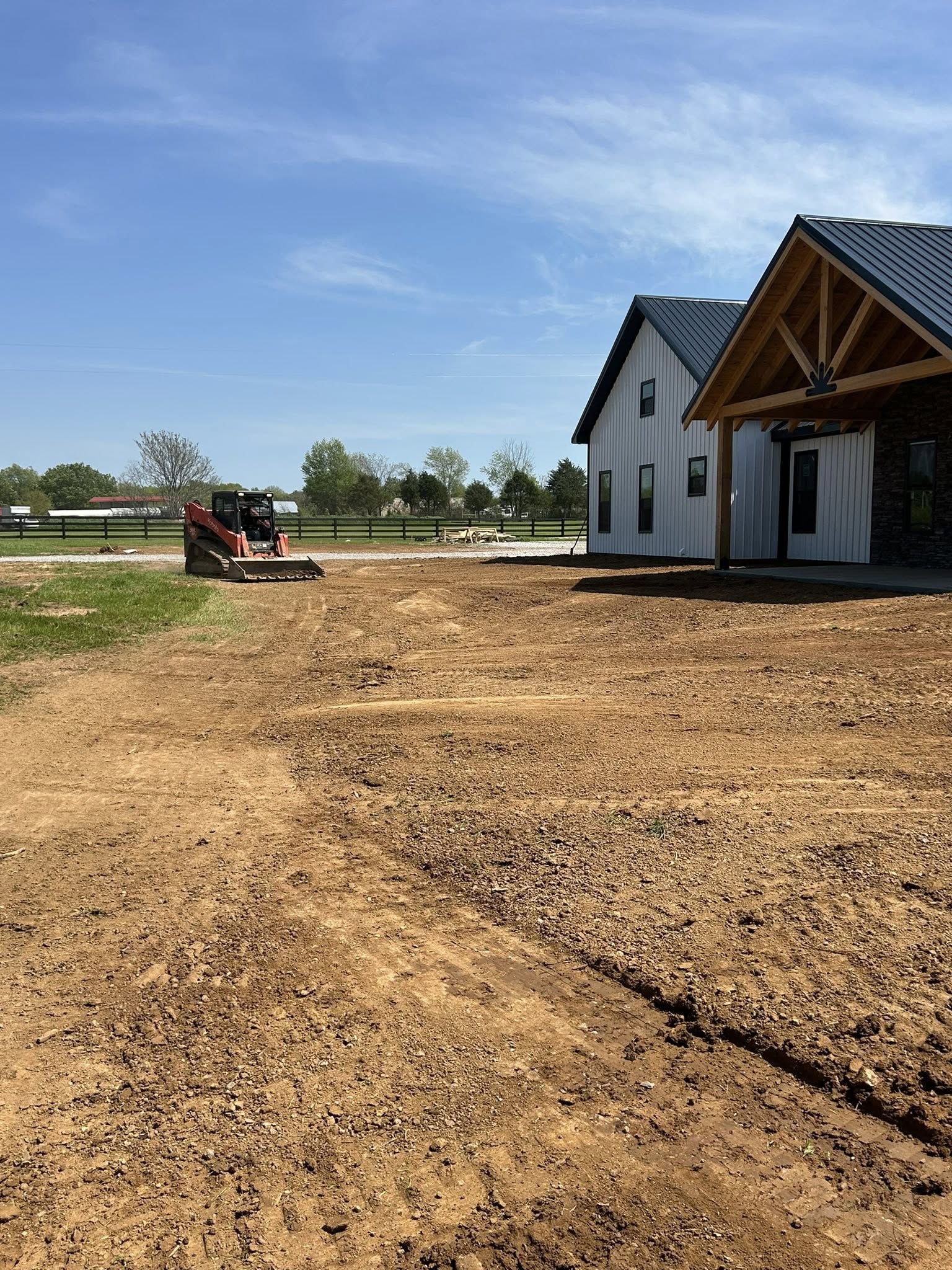
Mastering the Art of Excavation: Techniques and Equipment Oct 26, 2025
Understanding the Basics
Before delving into the techniques and tools, it’s important to understand what excavation involves. Excavation is the process of moving earth, rock, or other materials with tools, equipment, or explosives. This process is used to form building foundations, reservoirs, roads, and other structures. Knowing the groundwork sets the stage for smooth project initiation.
Effective Excavating Techniques
1. Site Assessment: The first step in excavation is a comprehensive site assessment. This includes evaluating soil type, weather conditions, and any potential obstacles. A thorough site assessment ensures you understand the underlying conditions, which is critical in preventing delays and cost overruns.
2. Planning and Design: Developing a detailed excavation plan is essential. This plan should include the excavation area, depth, and any adjacent structures that may influence the digging process. Proper planning minimizes errors and optimizes resources, ensuring the project stays on course.
3. Clearing the Site: Removing obstructions such as trees, boulders, and old structures is vital. This clears the way for equipment and crew, providing a safe and accessible workspace. Using appropriate removal techniques contributes to a clean and efficient site preparation.
Essential Excavation Equipment
1. Excavators: As the name suggests, excavators are pivotal in the excavation process. These powerful machines come in various sizes and types, such as crawler and wheeled excavators, each suited for different terrains and project scales.
2. Backhoe Loaders: Known for their versatility, backhoe loaders are equipped with a digging bucket on the back and a loading bucket on the front. This dual functionality makes them ideal for smaller excavation projects where space and budget constraints exist.
3. Bulldozers: For large scale projects, bulldozers streamline the excavation process by pushing large amounts of material efficiently. They are particularly effective on hard ground or when precision grading is required.
4. Skid Steer Loaders: These are compact and highly maneuverable, making them perfect for small sites and finicky jobs. Their ability to quickly switch attachments ensures versatility in various digging and hauling tasks.
Safety First: Excavation Safety Measures
Safety is paramount in any excavation project. Implementing robust safety measures not only protects workers but also helps in maintaining project timelines. Key safety practices include trench support systems, regular equipment maintenance, and ensuring that all staff members are trained and aware of emergency procedures.
Conclusion: Partnering with Experts
Mastering the art of excavation requires collaboration with experienced professionals. At F&M Independent Contractors, our expertise in excavation means your project will be handled with precision and care. Whether it's residential, commercial, or industrial excavation, engaging with experts ensures the highest standards of quality and safety.
By understanding essential techniques and choosing the right equipment, you can confidently embark on your next excavation project. Remember, it is not just about moving earth – it's about laying a foundation for success.
/filters:no_upscale()/media/5b45be44-d066-4c1f-be2e-a63262e76123.jpeg)
/filters:no_upscale()/filters:format(webp)/media/27e767ac-88b9-40c9-b1cf-e004e87e645e.jpeg)